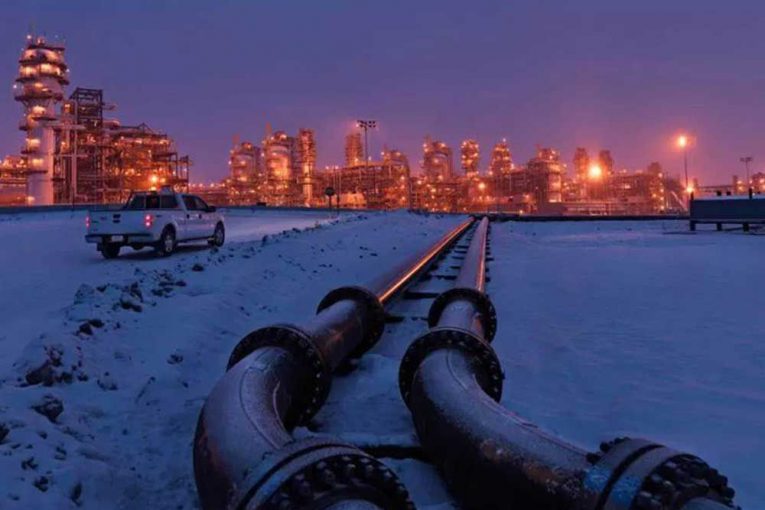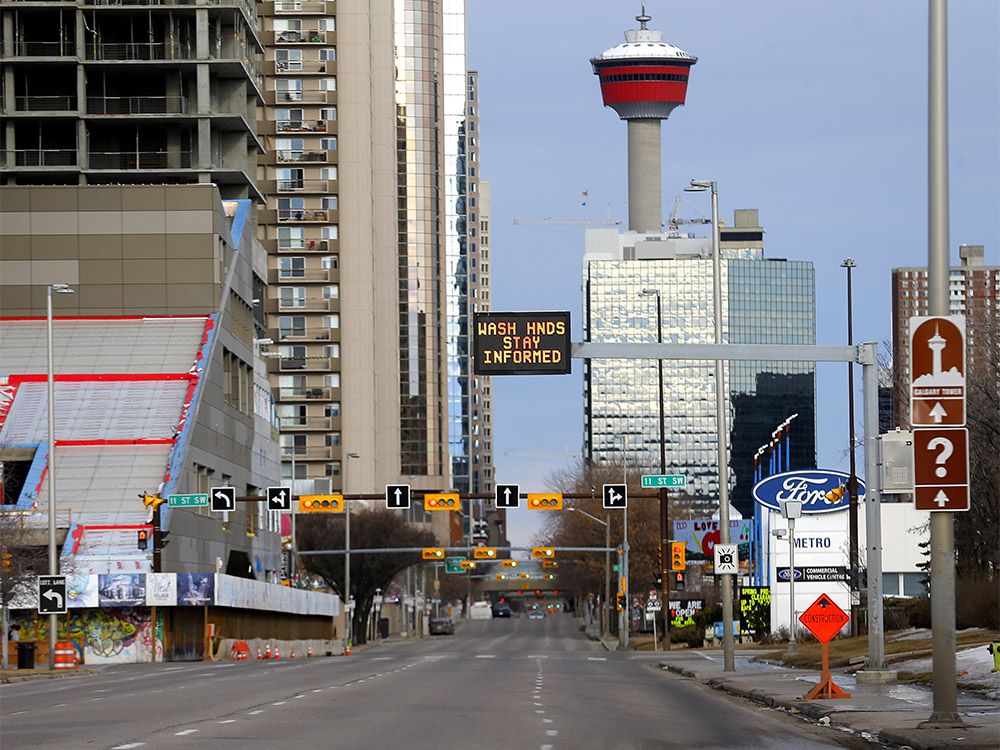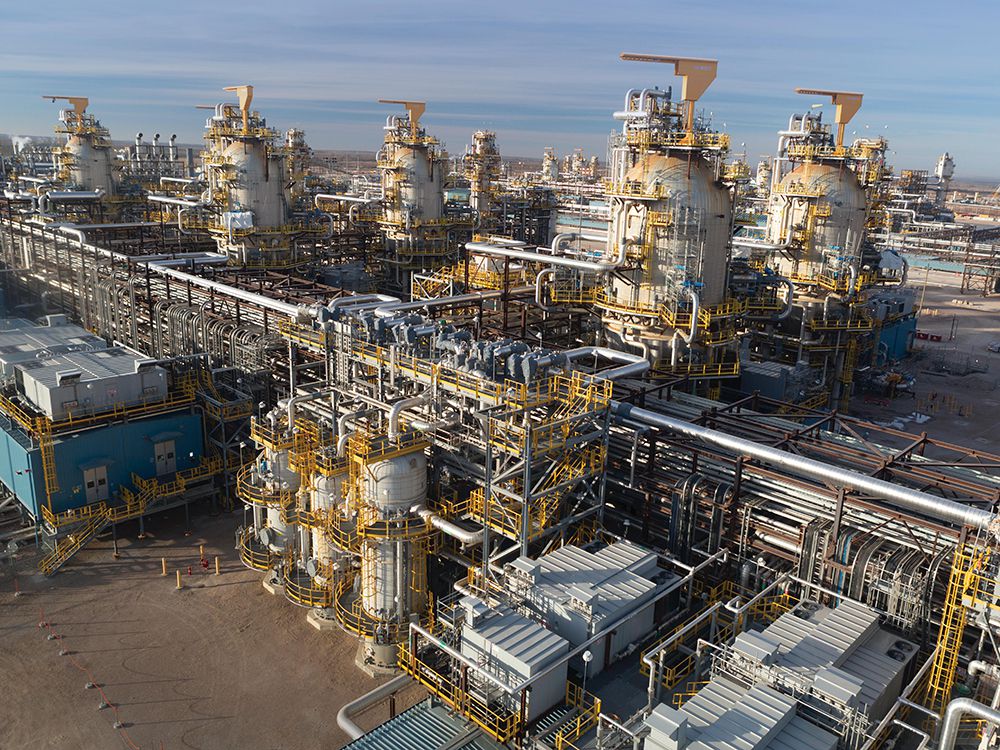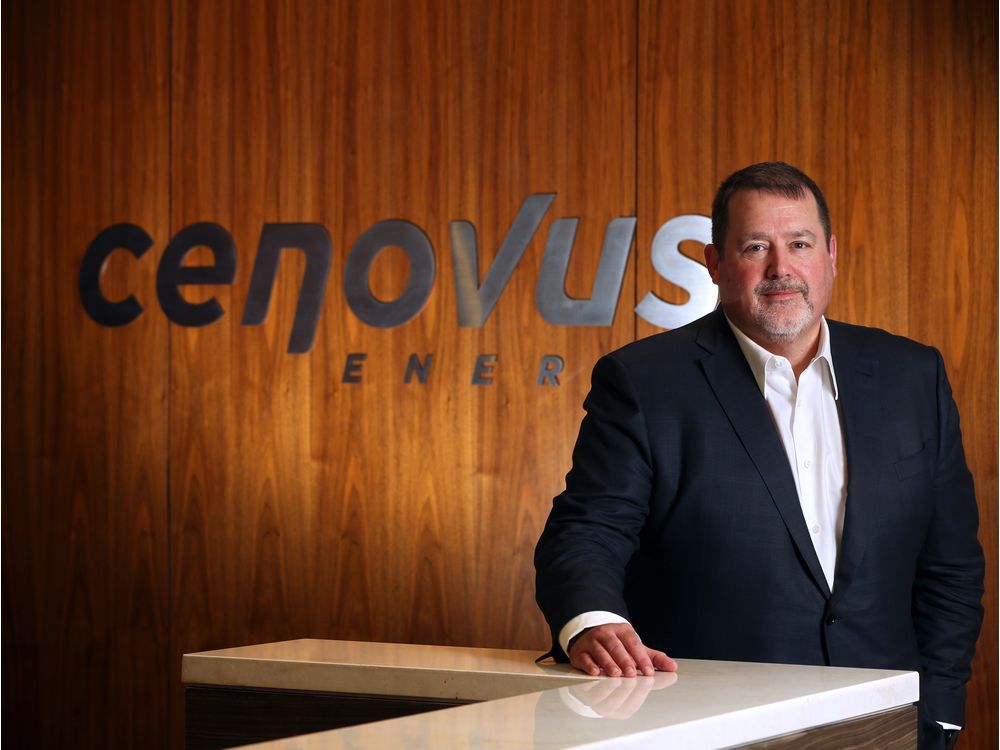
Stay the course — or spend to grow?
That’s the question facing Canadian petroleum producers as benchmark U.S. oil prices Tuesday punched through US$55 a barrel for the first time since the global pandemic was declared.
Despite higher prices, one of the country’s largest oil producers isn’t about to jump-start spending on new developments to crank up output.
Imperial Oil CEO Brad Corson said the company will continue to drive down operating costs and return money to shareholders — not increase its $1.2-billion capital program planned for this year.
“We are certainly encouraged by the price environment that we see,” Corson said Tuesday on a fourth-quarter earnings call.
“Certainly, that may tempt you to increase your capital and growth program for the year but . . . given the uncertainty of the external environment, I think it makes sense to stay the course for now.”
Caution remains a common refrain throughout much of Canada’s oil and gas sector. The industry continues to mend from a dramatic collapse in prices last year.
Calgary-based Imperial Oil, which has massive oilsands facilities along with the country’s largest refining and marketing operations, serves as a bellwether of sorts for the sector.
During the final three months of the year, the company posted a net loss of $1.14 billion. It took a non-cash charge of
$1.17 billion
, tied largely to its decision to not develop a “significant portion” of its unconventional natural gas portfolio in the Montney and Duvernay formations.
Like many refiners, Imperial saw energy demand crumble during the initial stages of the pandemic lockdown last year as fewer Canadians drove vehicles or got on planes.

The company’s upstream operations also felt the squeeze of U.S. oil prices sliding into single digits last spring, briefly submerging into negative territory. The sudden plunge prompted Imperial and many other producers to slash spending and search for ways to become more efficient.
Imperial spent $874 million on its capital program last year — a $940-million drop from 2019 levels — as its Aspen oilsands project remained suspended, the company earmarked less money for unconventional activity and it had wrapped up a project at its Kearl oilsands mine.
Even with higher commodity prices, Corson said maximizing cash generation from its existing assets will remain a priority in the near term, not spending more to grow production.
“Our focus will be on returning that cash to the shareholders in the form of dividends and buybacks,” he added.
“For the next few years, we want to continue to focus on our existing assets . . . for that reason, we’re being very conscious about not progressing major new projects, new greenfield projects.”

Analysts say this is the kind of careful message investors will be looking for in the coming weeks from oilsands operators as they roll out fourth-quarter results.
“That’s what the market wants to hear,” said analyst Phil Skolnick of Eight Capital.
“The market is still fragile because of COVID . . . Investors don’t pay for that growth anymore.”
The market is also seeking more M&A activity, following on the heels of
Cenovus Energy’s takeover of Husky Energy last October
, he said.
Cenovus CEO Alex Pourbaix said last week the integrated producer will spend between $2.3 billion and $2.7 billion this year, with slightly more than $2 billion directed toward sustaining capital.
(Husky had provided guidance last spring it would spend $1.7 billion on capital expenditures in 2020; Cenovus set its capital program around $800 million last year.)
With higher energy prices, Cenovus remains focused on paying down debt.
“There will be a point where we think we can talk about growth — that is, once we get our debt well below $10 billion,” Pourbaix said on a conference call.

Yet, there are some signs more spending and drilling will take place this year, particularly by conventional producers.
Last week, the Petroleum Services Association of Canada increased its drilling outlook for the year by 29 per cent above initial estimates, forecasting 3,350 wells will be completed.
Oil prices have been rising since early November, up 13 per cent since the end of last year. On Tuesday, prices for West Texas Intermediate crude closed at US$54.76, having pushed through $55 earlier in the day.
Martin King, a senior analyst at RBN Energy in Calgary, said oil markets have been rebounding as optimism grows that demand will improve once the summer arrives and COVID-19 vaccinations ramp up.
Planned production cuts by Saudi Arabia this month and falling global oil inventories are also propelling markets higher.
With prices above $50 a barrel, oilsands operators can make money, pay down debt and generate additional cash flow.
“For the oilsands producers, they have licked their wounds and healed to some extent from the meltdown in the spring,” said King.
“These are comfortable prices for them. They don’t need to (change their) production. It’s all about just largely focusing on the cash coming in.”
In its downstream business, Imperial saw demand improve for gasoline and jet fuel last fall after consumption tailed off sharply during the initial pandemic lockdown.
However, the recovery was tempered near the end of the year as the second wave of the virus struck in Canada.
In January, the industry saw demand for gasoline hover at about 75 per cent of normal levels, and only 35 to 40 per cent for jet fuel, Corson said.
“Demand continues to be challenged by the ongoing pandemic,” he added.
Chris Varcoe is a Calgary Herald columnist.
You can read more of the news on source
